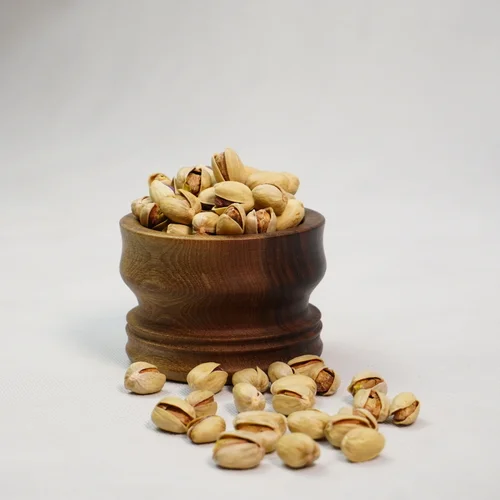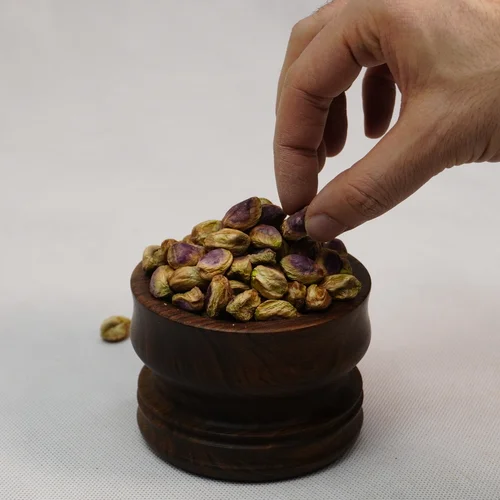What Pistachio Traders Need to Know

Importing pistachios may seem simple, but in reality, it is a process shaped by a complex web of regulations, quality standards, and market-specific rules. For traders, understanding these requirements is not just a formality – it is the foundation for building a sustainable and profitable business in the global pistachio trade.
Familiarity with the specific import laws of each country
Each country has its own import regulations, especially for agricultural products like pistachios. These regulations can include the following:
- Import Permits: Some markets require prior authorization before goods can be shipped.
- Permitted varieties: Not every type of pistachio may be permitted.
- Documentary requirements: such as invoice, certificate of origin and phytosanitary certificate.
Failure to comply with even a small detail can result in delays, fines, or rejected shipments.
Quality and Safety Standards
Pistachios are subject to strict food safety and quality controls. Common requirements include:
- Permissible limits for aflatoxin: Many countries have maximum permitted levels for aflatoxin contamination.
- Humidity level: Ensure proper drying to prevent mold growth.
- Pesticide residue limits: Compliance with maximum residue limits (MRL).
Traders often work with accredited laboratories to test shipments before export.
Packaging and labeling rules
Proper packaging and labeling protects the product and meets legal requirements:
- Material standards: Food-grade packaging to maintain freshness.
- Label information: product name, weight, origin and nutritional information (in local language if necessary).
- Tracking codes: Batch numbers or QR codes for tracking.
Poor labeling can lead to goods being rejected by customs, even if the product itself is flawless.
Tariffs, duties and trade agreements
Import costs are not limited to shipping. Merchants should consider the following:
- Customs duties: A percentage applied to the value of imports.
- Preferential tariffs: Lower rates under certain trade agreements.
- Seasonal restrictions: Some markets adjust tariffs at certain times of the year to support local farmers.
Understanding these costs in advance will help avoid unpleasant surprises.
Staying up to date and creating collaboration
Regulations are evolving rapidly. Successful traders:
- Subscribe to official business newsletters.
- Work with customs brokers and shipping agents familiar with importing pistachios.
Final Thoughts
Navigating pistachio import regulations is a balancing act between regulatory compliance, quality control, and cost management. With thorough research, trusted partners, and a proactive approach, traders can turn these regulatory challenges into a competitive advantage.
Source: Hivanuts




